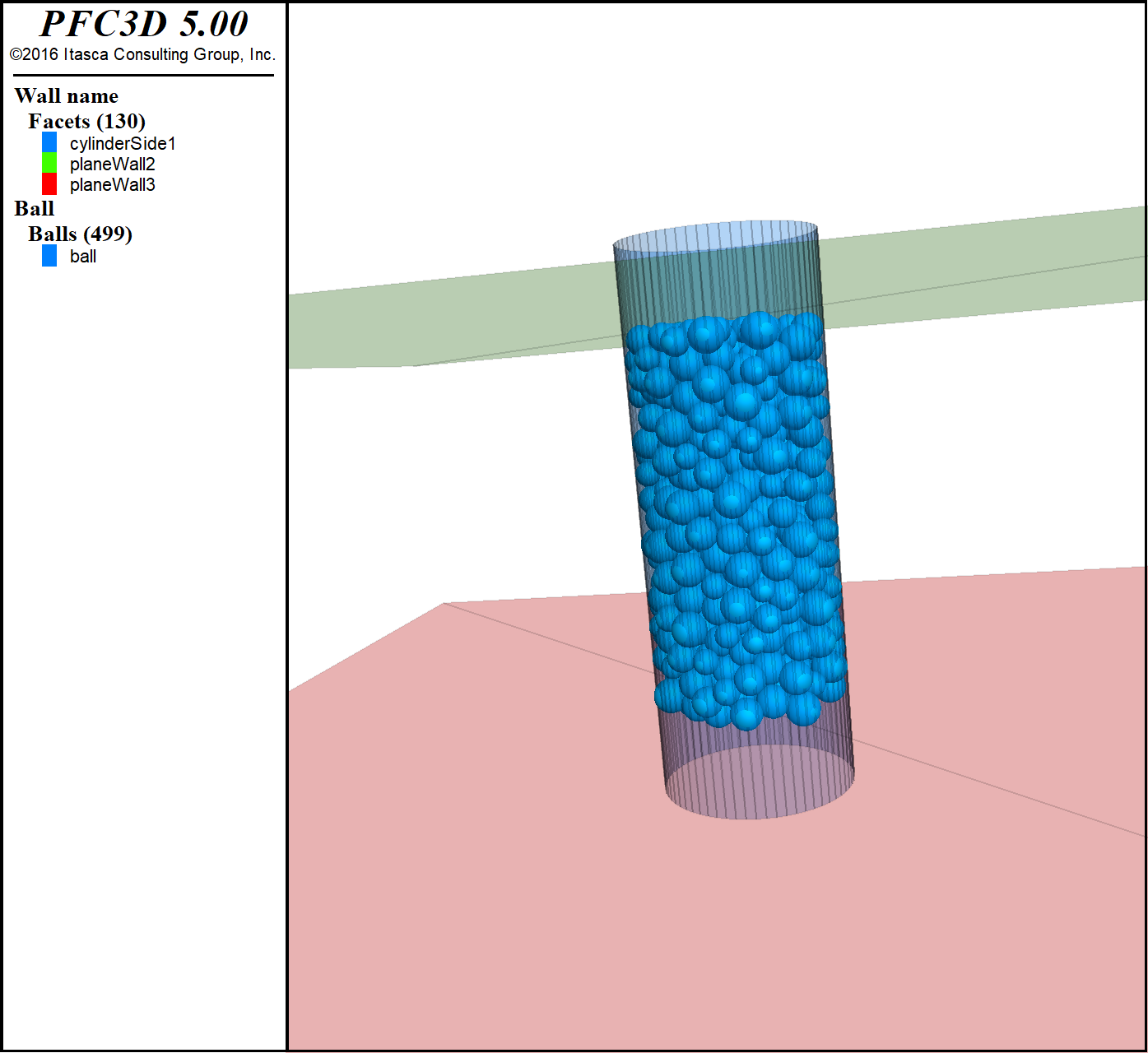之前做过一个真三轴的数值模拟,这里讲一下常规三轴的基本思路。
1、成样
生成圆柱形的试样,这个比较简单,直接公开代码
new
def chicun_par
sample_rad=0.5
sample_hight=2
keli_rdmin=0.06
keli_rdmax=0.09
end
@chicun_par
domain extent [-sample_hight*1.5] [sample_hight*1.5][n=1.4]
wall generate cylinder base 0 0 [-sample_hight*0.5*n] axis 0 0 1 ...
height [sample_hight*n] radius [sample_rad] cap false falsewall generate plane position 0 0 [sample_hight*0.5] dip 0 ddir 0
wall generate plane position 0 0 [-sample_hight*0.5] dip 0 ddir 0
ball distribute radius [keli_rdmin] [keli_rdmax] porosity 0.28 ...
range cylinder end1 0 0 [sample_hight*0.5-keli_rdmin] ...
end2 0 0 [-sample_hight*0.5+keli_rdmin] radius [sample_rad-keli_rdmin]
cmat default model linear method deform emod 100e6 kratio 1.5 property fric 0.5
ball attribute density 2.7e3 damp 0.7
cycle 2000 calm 50
solve
save sample

2、预压
这里是主要难点,圆柱形墙的伺服比较难,如何监测侧面墙的应力以及如何进行侧面墙的加载是个难点。
这里的代码在付费中公开。下图为伺服的应力变化。
点击完整阅读全文
PFC常规三轴试验
课程推荐
























 2643
2643

 被折叠的 条评论
为什么被折叠?
被折叠的 条评论
为什么被折叠?








